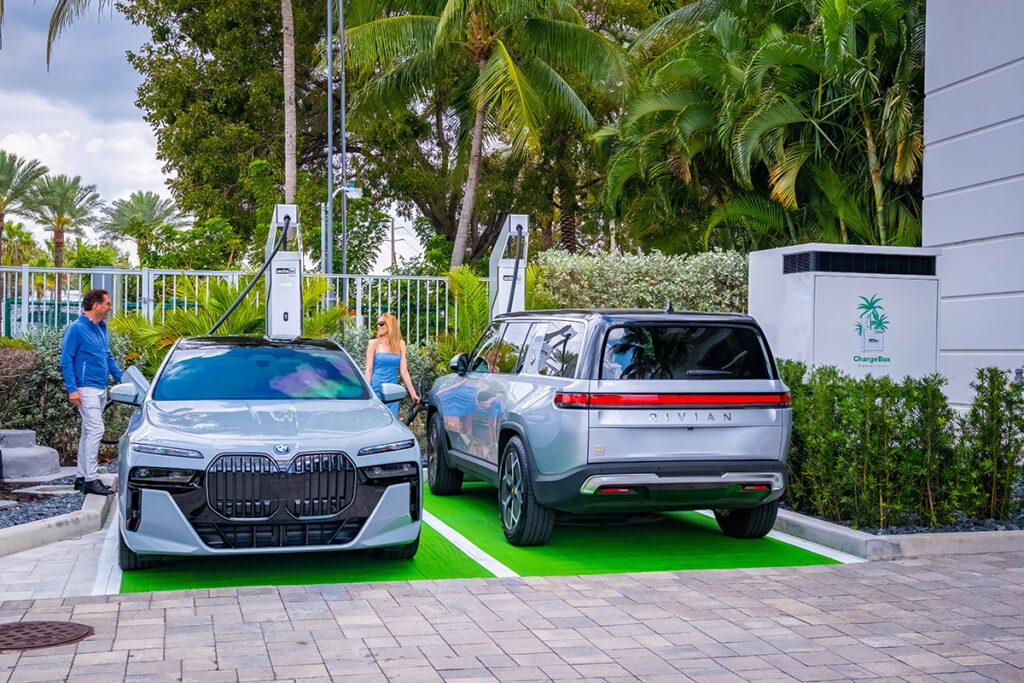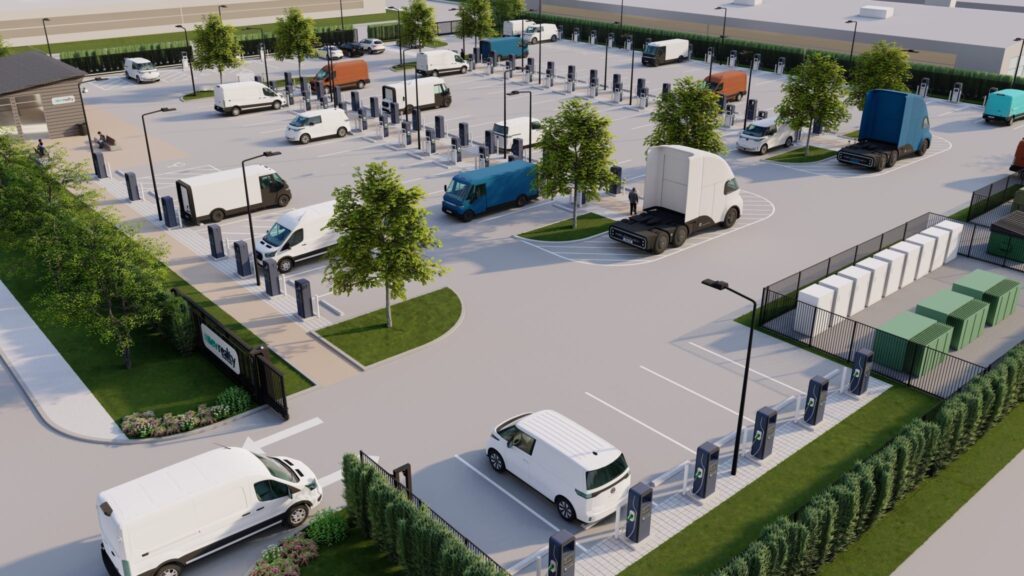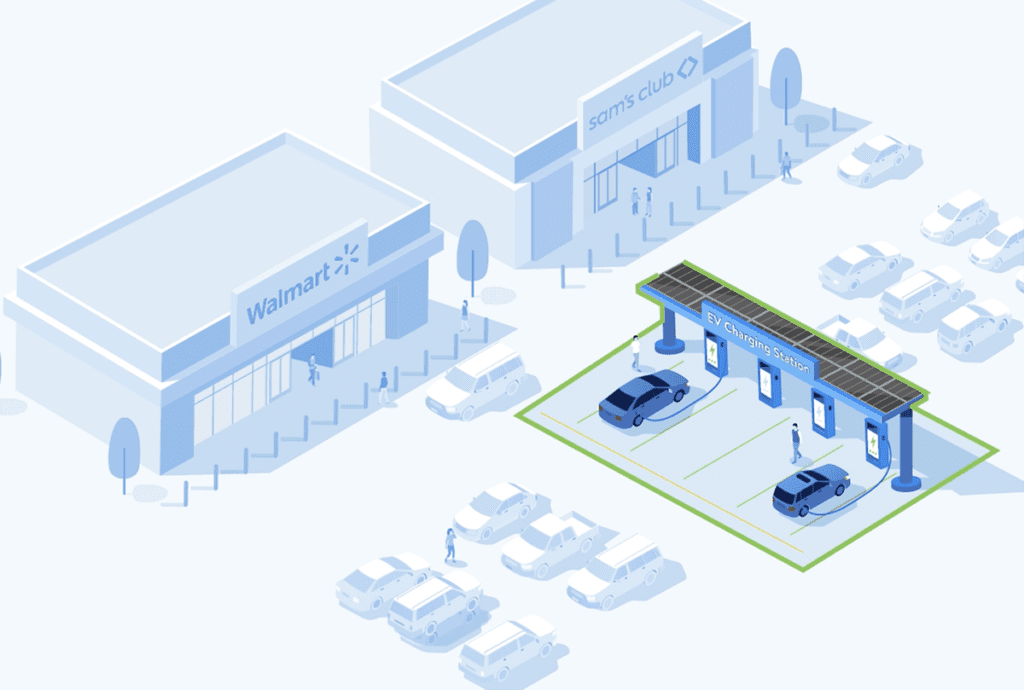As EVs proliferate, the challenges of integrating them with the electrical grid will grow in importance. While an increase in peak demand is a concern, pessimists’ predictions that an influx of EVs will “overwhelm the grid” are vastly overblown. In fact, with some intelligent planning, EV batteries could be a valuable resource that improves the reliable management of the grid, and helps with the integration of renewable energy (as several pilot projects, including a new one in Hawaii, aim to demonstrate).
California’s ZEV Action Plan, which has set a target of 1.5 million zero-emission vehicles (ZEVs) on the Golden State’s roads by 2025, assigned the California Independent System Operator Corporation (ISO) to work on getting EVs smoothly plugged into the electrical grid, in collaboration with the state’s public utilities.
Now the ISO has released a plan called “California Vehicle-Grid Integration Roadmap: Enabling Vehicle-based Grid Services.” This blueprint, or roadmap if you prefer, outlines policies and technologies that will leverage the synergies between EVs and the grid.
According to the VGI Roadmap:
Vehicle electrification and smart grid technology implementation present an opportunity for EVs, through charging strategies and aggregation, to support and provide valuable services to contribute to reliable management of the electricity grid. At a minimum, managed or smart charging strategies are needed to ensure that EVs do not increase peak load, requiring additional generation or capacity expansions. Ideally, charging is coordinated with grid conditions and the ability for aggregation of EVs to respond to grid operator signals. The VGI Roadmap provides a high-level plan to enable this combination of activities.
The roadmap is organized in three interdependent tracks:
1 – Determine VGI value. This track will determine the value and increase understanding of market potential for grid services enabled by vehicle-grid integration (VGI). This includes articulating VGI impacts to the electricity system, identifying and quantifying VGI value streams and cost components, and estimating VGI market potential for various cases.
2 – Develop enabling policies, regulations, and business processes. This track includes activities to define wholesale and retail products and programs and associated policy. The program development will identify how VGI resources will interact with the grid at the distribution and wholesale levels, including compensation.
3 – Support enabling technology development. This track includes activities to develop enabling technology, including standards that support VGI aggregation, communication, and control requirements. Policymakers, grid operators, and original equipment manufacturers (OEMs) must coordinate to enable VGI use cases that include two-way power flow.
The Energy Commission will schedule annual workshops starting in 2014 to review progress and solicit feedback from publicly-owned utilities and other stakeholders.
Source: Green Car Congress
Image: NissanEV/Flickr







































































